Animals
-
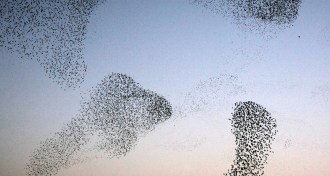 Quantum Physics
Quantum PhysicsBirds’ turns match math of quantum matter
Equations that describe superfluidity may explain how information about which way and when to turn spreads in a starling flock.
-
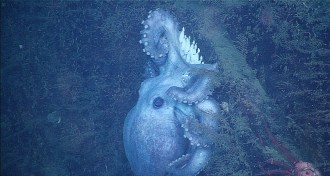 Animals
Animals‘Octomom’ sets egg-brooding record
The deep ocean reveals a new record as an octopus mom broods the same clutch of eggs for almost 4.5 years.
-
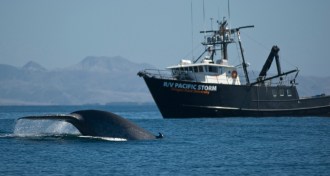 Oceans
OceansWhales and ships don’t mix well
A 15-year study of blue whales off California has found that major shipping lanes cut through feeding grounds.
-
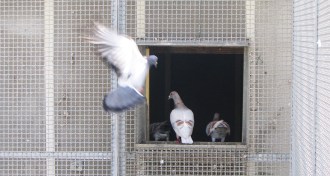 Neuroscience
NeuroscienceHippocampus may help homing pigeons explore
When researchers remove pigeons’ hippocampi, birds fly straighter on early parts of journey home.
-
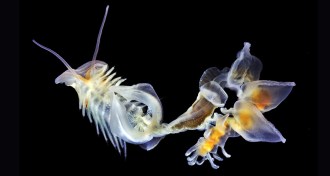 Animals
AnimalsParchment worms are best pinched in the dark
Meek tube-dwelling worms have strange glowing mucus and build papery tubes.
By Susan Milius -
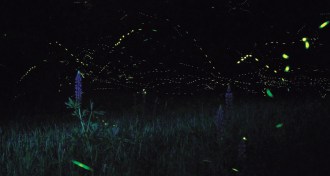 Science & Society
Science & SocietyAn app to track firefly flashings
This summer, you can contribute to citizen science by tracking lightning bugs in your backyard.
-
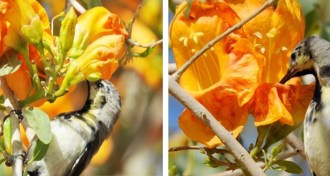 Plants
PlantsThese trees don’t mind getting robbed
Desert teak trees in India produce more fruit after they’ve been visited by nectar robbers.
-
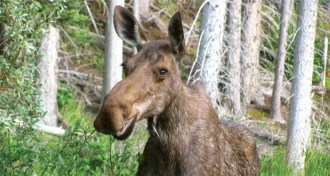 Ecosystems
EcosystemsMoose drool can undermine grass defenses
Saliva from moose and reindeer sabotages plants’ chemical weaponry.
By Susan Milius -
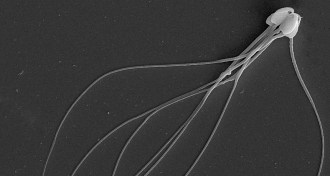 Life
LifeMouse sperm parties make for straight swimmers
Mouse sperm hunt for eggs in packs, but grouping doesn’t boost speed. Instead, gangs of the reproductive cells move in straighter lines.
By Nsikan Akpan -
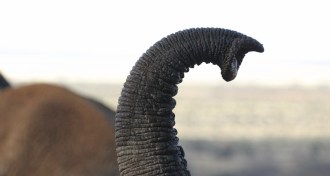 Animals
AnimalsElephant’s big nose wins most sensitive sniffer
A genetic survey reveals that African elephants harbor more smell sensors than any other known animal.
By Nsikan Akpan -
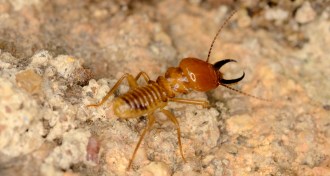 Animals
AnimalsTermite soldiers locate battles with vibrational clues
To locate invasions, termite soldiers listen for millisecond-long delays in vibrational distress signals sent out by other soldiers.
By Susan Milius -
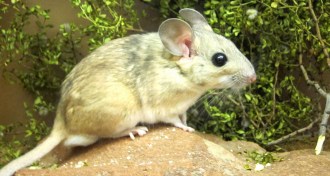 Microbes
MicrobesGut microbes help packrats eat poison
Antiobiotics and fecal transplants in desert woodrats shown that gut microbes can help plant-eaters metabolize toxins.